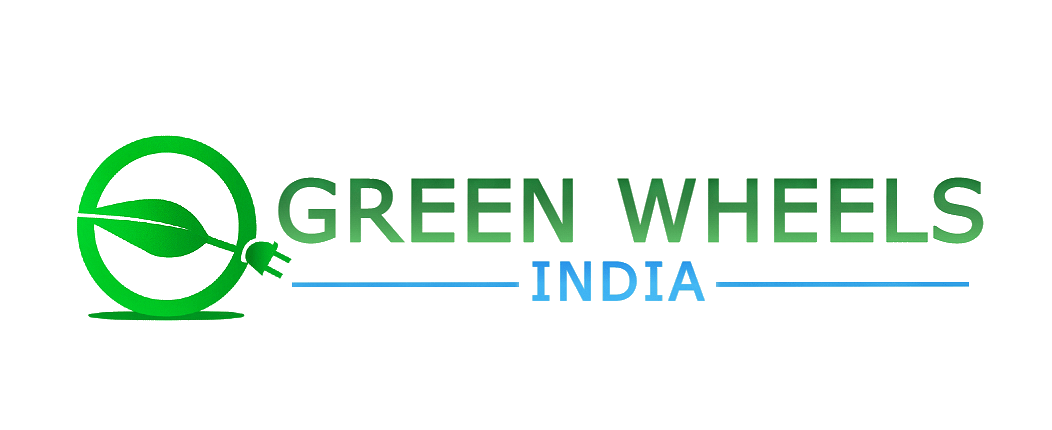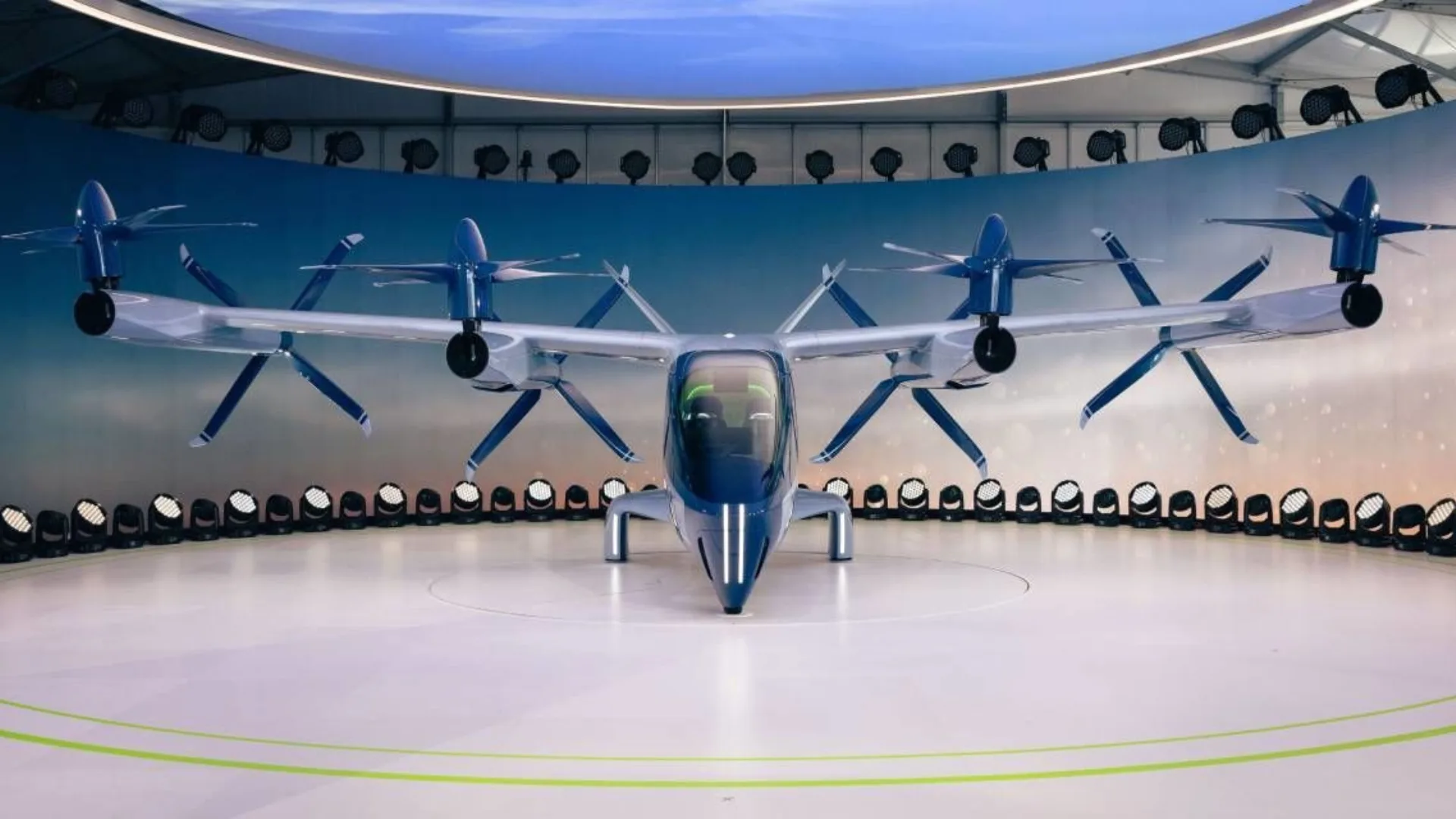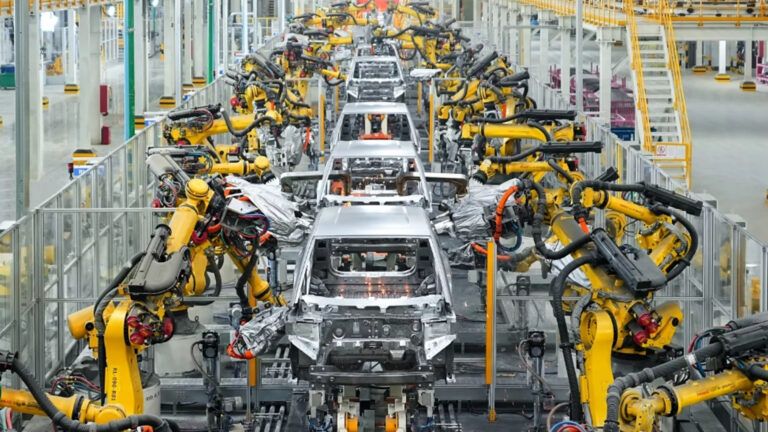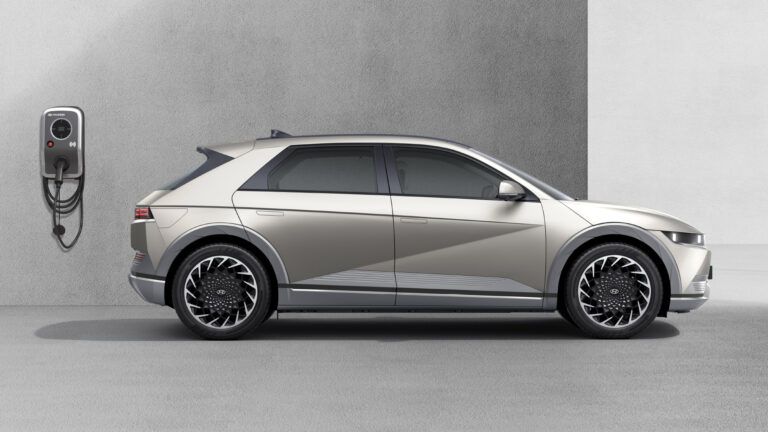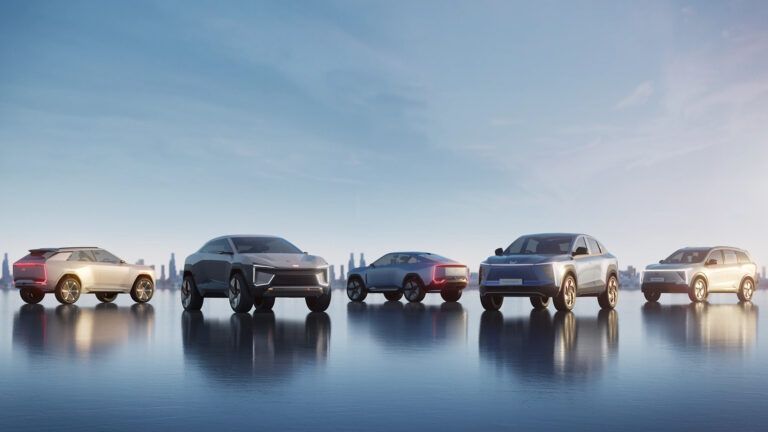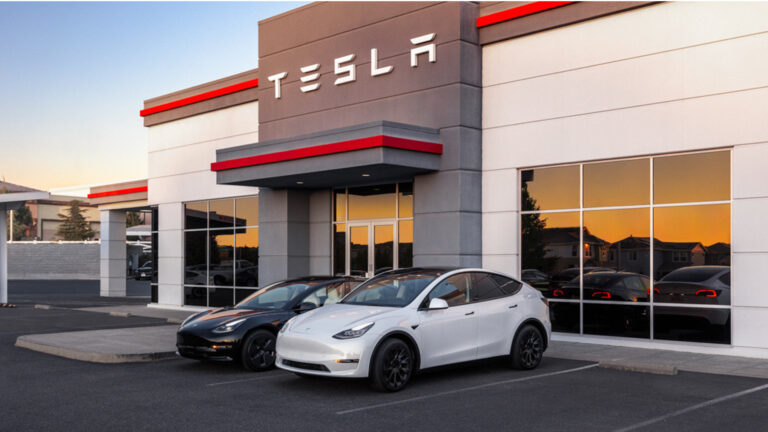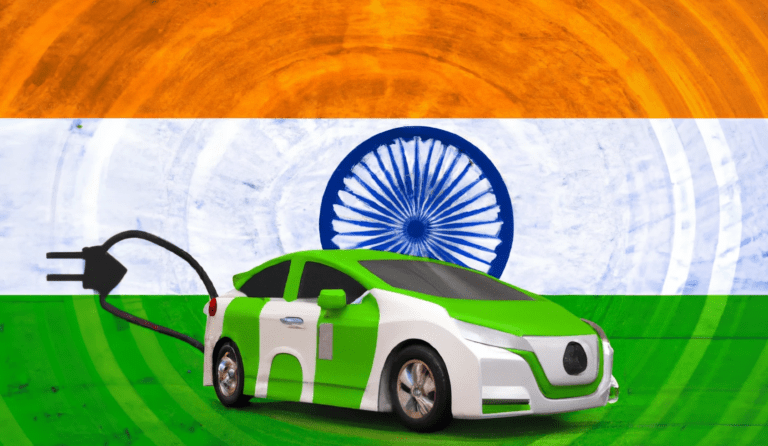Hyundai’s air mobility system, Supernal, unveiled the S-A2, an electric vertical takeoff and landing (eVTOL) vehicle, commonly known as a flying taxi, at CES 2024. The S-A2 is a hybrid of a helicopter and fixed-wing aeroplane technology, driven by eight electric rotors set atop two wings.
This flying taxi, similar to earlier air taxi prototypes with an egg-shaped cabin and wing-mounted rotors, has tilting rotors for takeoff, landing, and mid-flight manoeuvres. Hyundai’s redundant key safety systems also seek to enhance dependability in flight controls, powertrain, and avionics.
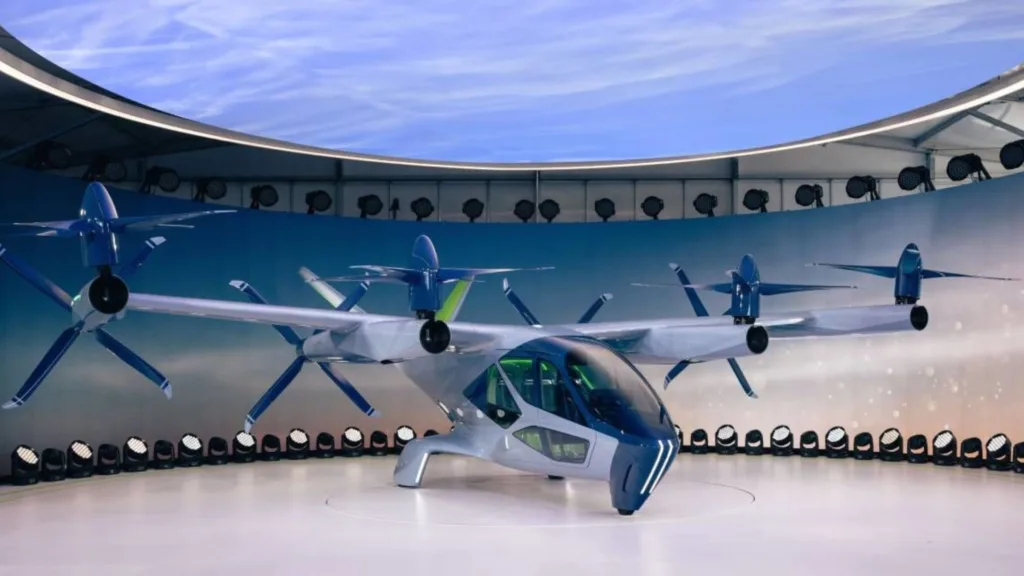
The S-A2 is designed to cruise at 120 mph at a height of 1,500 feet, making it ideal for suburban-to-city travel of 25-40 miles. However, due to present battery limits, Hyundai intends to use new technologies, such as lighter solid-state batteries, to increase the aircraft’s efficiency.
Notably, the S-A2’s operational noise levels are very low, averaging around 65 decibels during takeoff and 45 dB while cruising—equivalent to a calm conversation or a refrigerator hum.
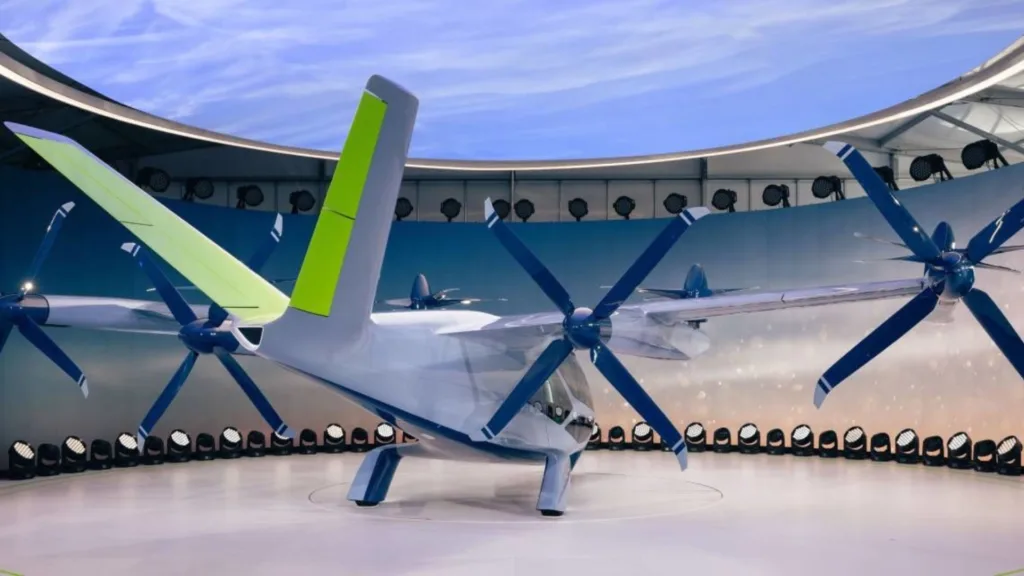
Hyundai has also prioritized interior comfort, providing a cosy cabin with modular design, leather upholstery, and space-enhancing lighting.
In terms of production and certification, Supernal intends to use Hyundai’s mass manufacturing capabilities. However, before beginning commercial operations, the firm must get FAA certifications (Type Certification, Production Certification, and an air carrier license). Hyundai intends to file for US certification by mid-2024, with test flights beginning by the end of the year, in anticipation of a 2028 launch.
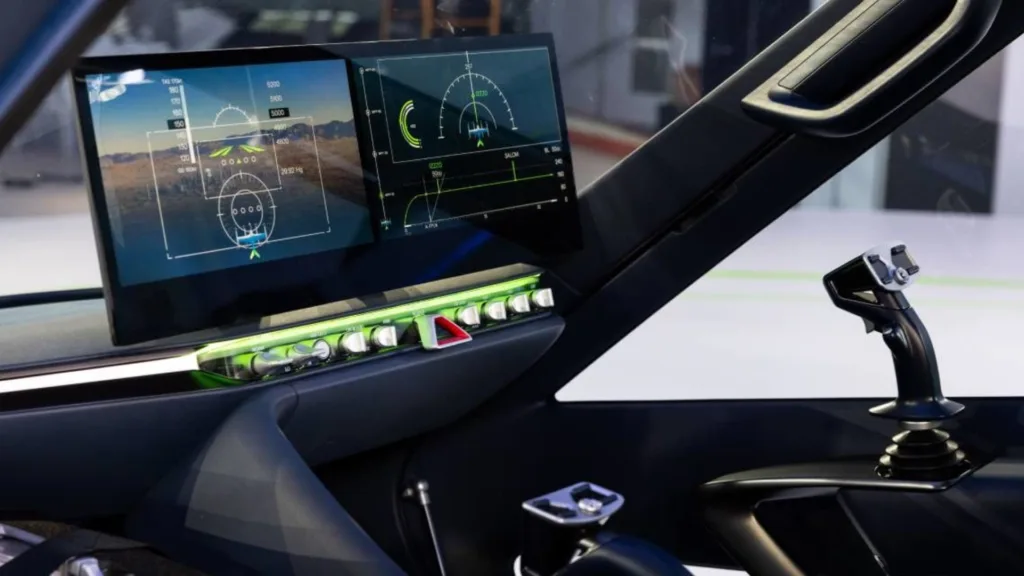
In a competitive environment where numerous companies have shut down, significant firms like Stellantis, United Airlines, Boeing, and NASA continue to invest in the flying car market, highlighting the industry’s potential. It remains to be seen how and when the eVTOL industry turns its vision to practicality.
